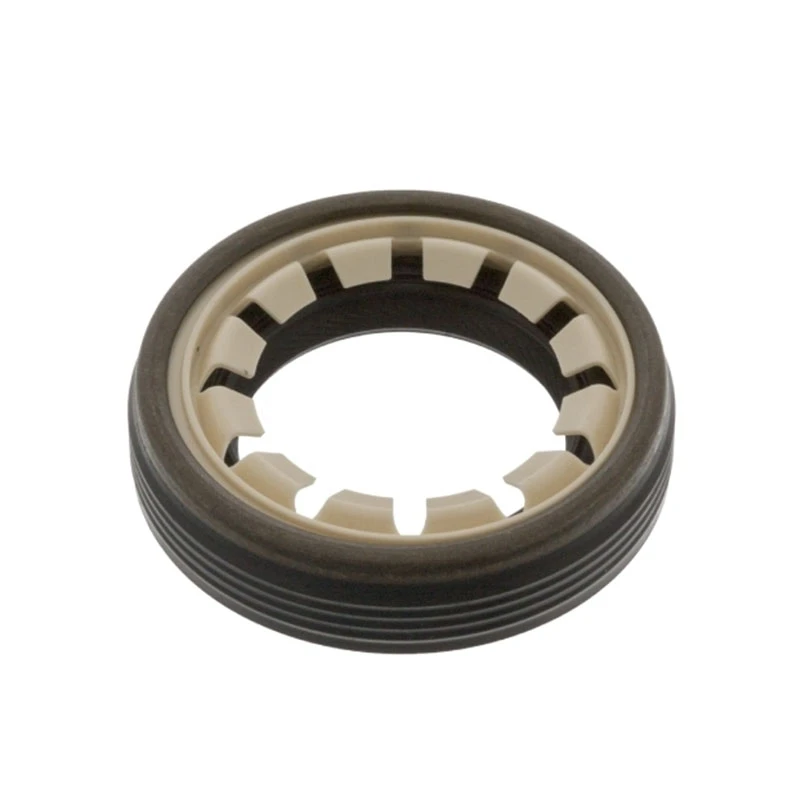garter spring seal
Understanding Garter Spring Seals A Comprehensive Overview
Garter spring seals are essential components widely used in various mechanical applications, known for their effectiveness in preventing leakage of fluids and gases. These seals are particularly valuable in industries such as automotive, aerospace, and manufacturing. The unique design and functionality of garter spring seals make them a preferred choice for many engineers and designers.
At the core, a garter spring seal consists of a flexible elastomeric material molded into a ring shape with a wire spring inserted inside its cross-section. This design helps maintain the proper seal contact against the rotating or stationary surfaces, making it efficient in sealing applications under dynamic conditions. The elastomer provides flexibility, while the garter spring offers a restoring force that keeps the seal tight against the mating surface.
One of the primary benefits of garter spring seals is their ability to accommodate slight misalignments or variations in the surface finish. In many applications, such as in rotating shafts and pistons, the surfaces may not always be perfectly aligned. The flexibility of the elastomer and the tension of the spring allow the seal to conform to the surfaces, ensuring a tight seal even in less-than-ideal conditions. This adaptability significantly enhances the durability and reliability of the sealing solution.
Moreover, garter spring seals exhibit excellent resistance to a wide range of temperatures and pressures
. Depending on the material used for the elastomer, these seals can operate effectively in environments ranging from low temperatures to high heat, making them suitable for various applications in harsh conditions. For example, silicone, nitrile, and fluorocarbon elastomers can be chosen based on the specific requirements of the application regarding chemical compatibility and thermal stability.garter spring seal

Installation of garter spring seals is another advantage, as they are relatively easy to fit into place. Typically, these seals can be installed without the need for special tools or equipment, which makes maintenance straightforward. This ease of installation translates to lower labor costs and reduced downtime, further contributing to their popularity.
Another key aspect of garter spring seals is their versatility. They can be manufactured in different sizes, shapes, and materials to meet specific operational demands. Industries can customize seals to fit particular apparatus, whether it’s high-performance engines in the automotive sector or complex machinery in industrial settings. Customization allows for optimized performance according to the application’s pressure, temperature, and fluid medium conditions.
Despite their numerous advantages, like any component, garter spring seals also have limitations. They are generally not suitable for high pressures beyond certain thresholds and can be compromised if subjected to extreme dynamic conditions over extended periods. Additionally, while they perform well in many environments, certain aggressive chemicals can degrade the elastomer material, necessitating careful selection based on the application.
In conclusion, garter spring seals are a crucial element in ensuring the effective sealing of fluids and gases in a wide array of devices and machinery. Their unique construction allows them to provide reliable performance in diverse conditions, exhibiting flexibility and adaptability that are valuable in various industries. With ongoing advancements in materials and manufacturing techniques, the functionality and applications of garter spring seals will continue to evolve, offering even more robust solutions for modern engineering challenges. Thus, understanding the mechanics and benefits of garter spring seals is essential for engineers and manufacturers aiming for efficiency and reliability in their projects.
-
The Ultimate Guide to Boat Propeller Bearings and Trailer Wheel Bearings
News Jul.31,2025
-
The Essential Guide to Marine Bearings and Boat Trailer Wheel Bearings
News Jul.31,2025
-
The Complete Guide to Heavy Duty Seals: Protecting Doors and Spaces Efficiently
News Jul.31,2025
-
Essential Guide to Marine Shaft Bearings and Boat Trailer Axle Bearings
News Jul.31,2025
-
Comprehensive Guide to Marine and Trailer Bearings for Safe Boating and Transport
News Jul.31,2025
-
Comprehensive Guide to Automotive Oil Seals: Protecting Your Engine and Shafts
News Jul.31,2025
-
Understanding Automotive Oil Seals: Essential Components for Engine and Shaft Protection
News Jul.30,2025
Products categories















